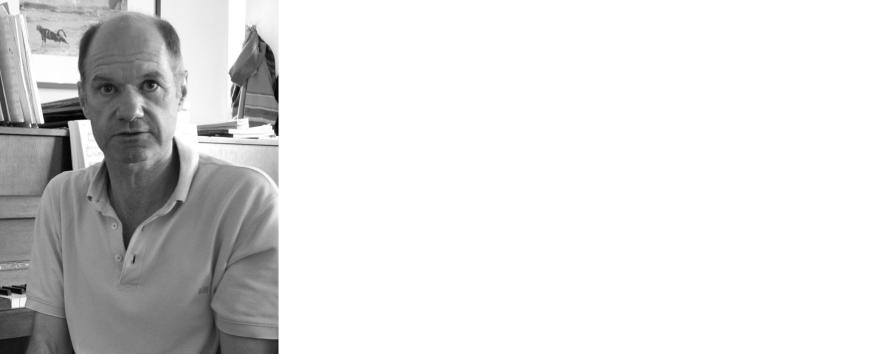Adrian Travis

Biography
Computers used to sit in vaults, then on desks and are now in our pockets. This has had worldwide impact: think of a poor farmer checking today’s prices in each town before setting off to market. I try to make better user/computer interfaces and ideal would be if we could wear computers like a pair of spectacles. Voice input is ever more mature but how do we make spectacles that show the wearer a computer-generated image superposed on the outside world?
An image comprises rays of light that fan-in from the surrounding world to the pupil of the viewer’s eye, then fan out inside the eye-ball to the retina. We get the same pattern of ray fan-out from a video projector so a contact lens with a tiny video projector inside would do the trick. But it’s simpler to have the video projector sit above the ear and image rays into the eye with some variant on a lens.
An early lesson in physics is that an image forms only if there is space between the image, lens and object. I devised a new lens concept where the rays are folded into a wedge-shaped waveguide so no space is needed. I have designed such a waveguide that curves round from the ear to the eye. It looks like a pair of laboratory safety spectacles but should allow the entire field of vision to be filled with a high resolution image. There is still much to do: eyeballs swivel so I need to steer rays from the spectacles to follow the pupil of the eye and a newly published patent explains how I plan to do this.
The new lens concept leads to many other inventions, for example one can make flat panel displays that see the approach of fingers rather than just feeling them as at present. That led Microsoft to invite my group to move to Seattle in 2007 so the only teaching I do now is an annual course for the Institut d’Optique. Before Microsoft, most of my research was funded by creating spin-out companies but I recently won a grant from the Institut français d'archéologie orientale to test my lens in minimally invasive excavations. The Royal Academy of Engineering awarded me their Silver medal in 2008 and made me a fellow in 2010.
Further Information
Publications
Wedge optics in flat panel displays
Wedge guides and pupil steering for mixed reality
Shearing Bragg Gratings for Slim Mixed Reality
A. Travis, “Tomography may enable a wavelength-thin camera”, SID Symposium Digest of Technical Papers, volume 53, paper 12.4 (2022)

